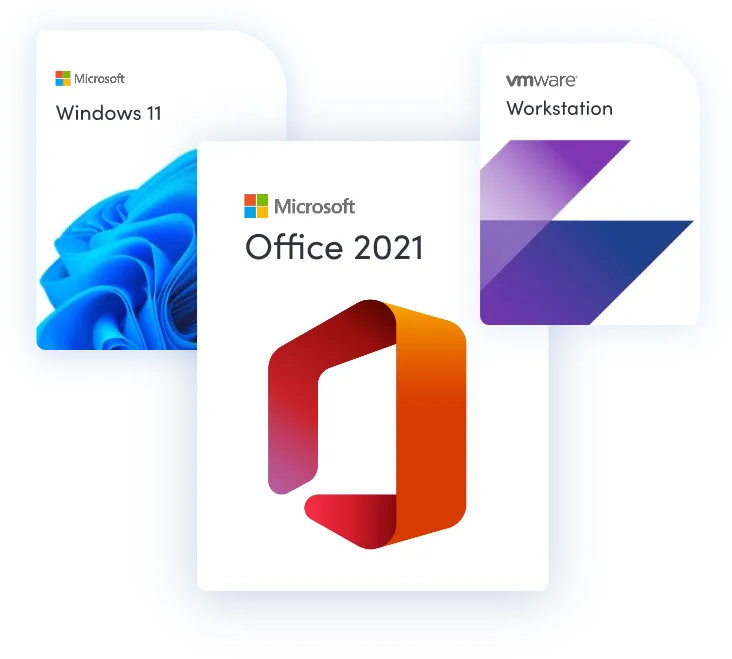Explore our Products
The first B2B platform in the secondary software market in Europe
- Over 100 million euros of licenses for sale for businesses
- Complete and verified licenses
- Savings guaranteed on your IT projects
- Wide multi-publisher selection
They chose the B2B secondary market
- Large accounts
- Mid-sized companies
- SMEs
How does it work?
1) Find your license at the best price
Browse our B2B catalog and choose from over 100,000 references.
2) Request a personalized offer
Get a tailored quote to meet your business needs.
3) Pay securely for your order
We guarantee secure and transparent transactions.
4) Receive & install the software
Quickly access your licenses and install them with ease.
1) Offer your unused licenses
Submit your licenses for a quick and efficient sale.
2) Prepare the sale
We collect the necessary documents and perform verifications.
3) Validate the agreement
Negotiate and sign contracts to formalize the transaction.
4) Receive your payment
You issue the invoice, and we proceed with a quick settlement.
Need support for your software licenses?

Softcorner offers expert advice for audit preparation, IT asset management, and software license optimization. Simplify your projects and save money.
Learn moreStay up-to-date on software license management

Participate in our professional training sessions to ensure compliance and optimize the management of your software assets. Workshops, seminars, and webinars tailored to your needs.
Learn more
.webp)
.webp)